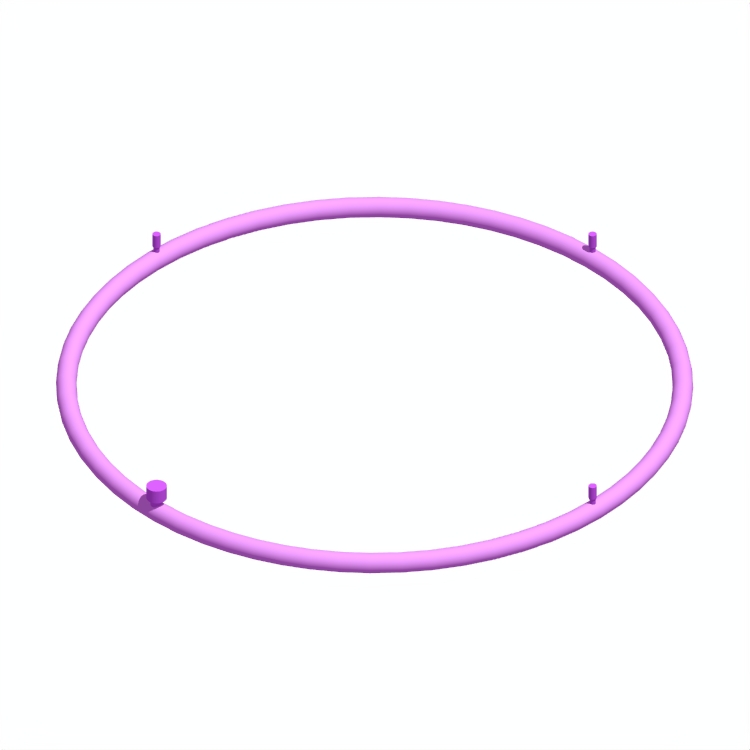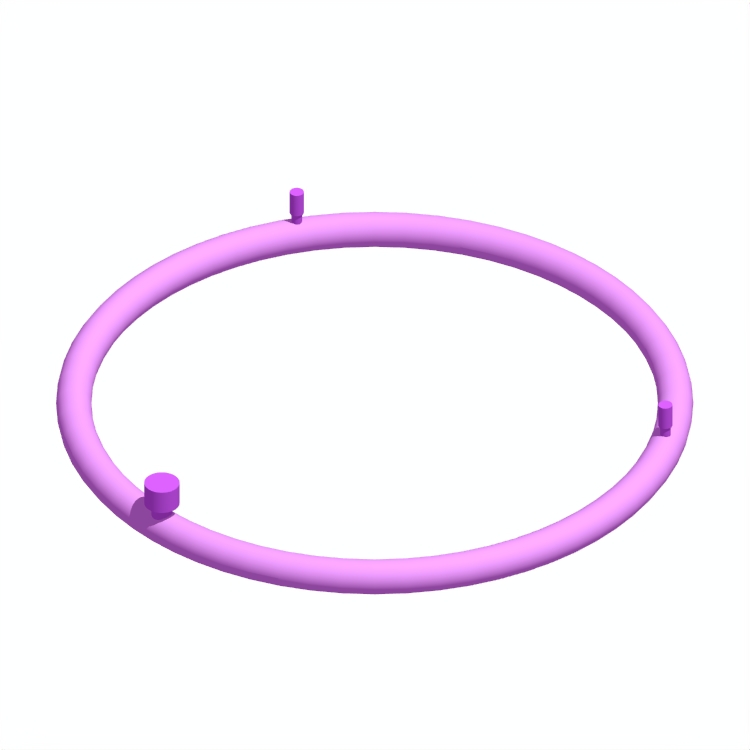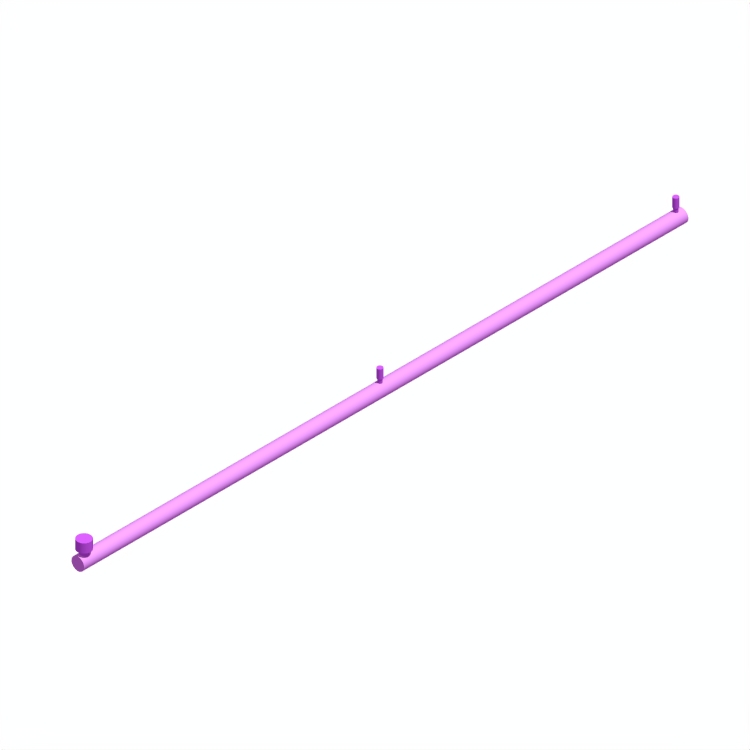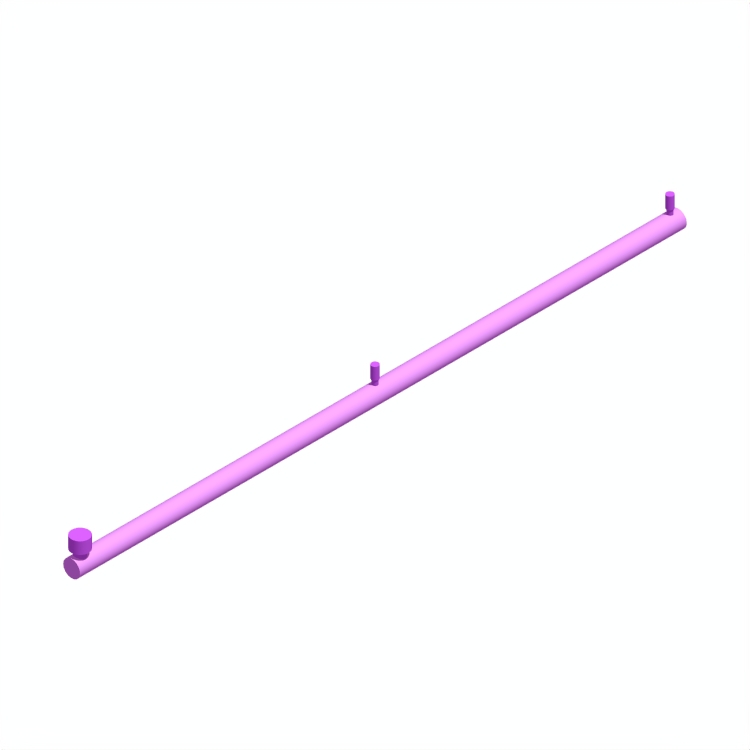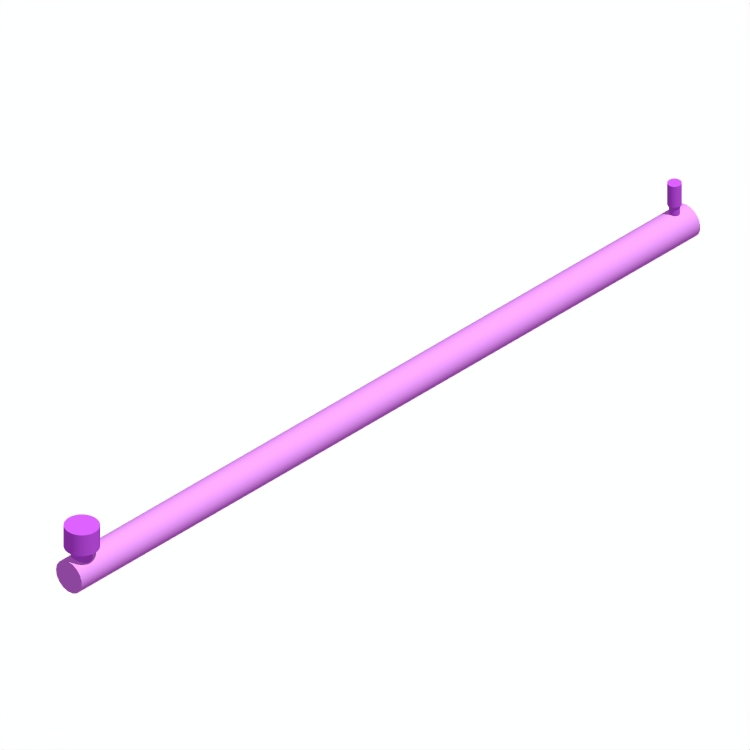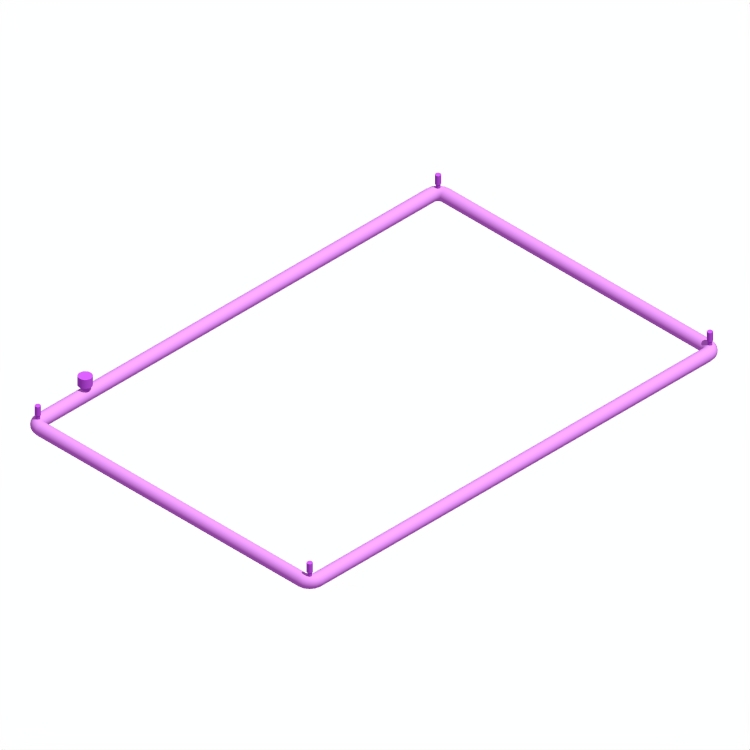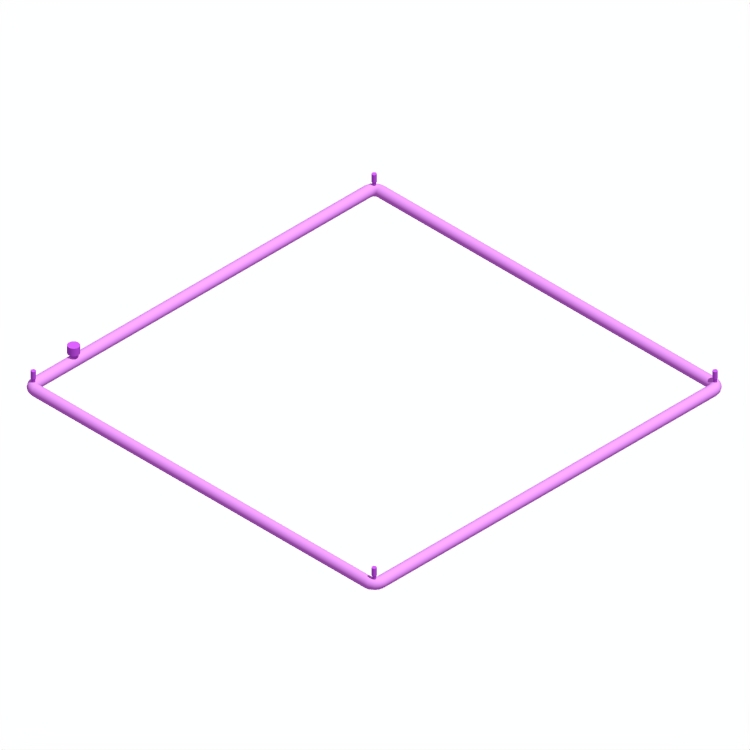Commercial and retail fixtures are custom designed spatial elements used to heighten the comfort and experience of shoppers and employees within a commercial space. Ranging from static built-in cashier desks to commercial systems with flexible modular concepts, commercial fixtures serve a range of functions that can be modified for specific retail applications. The design of commercial and retail fixtures considers the various human factors and ergonomics to reduce human error, increase productivity, and enhance comfort and safety with users’ limitations and capabilities are considered to ensure tasks and functions suit the respective user. Commercial and retail fixtures apply to various sizes of shops and retailers, from small bodegas to offices, restaurants, and warehouses.
Commercial and retail fixtures began as simple wooden stands and shelves in markets and general stores. As trade grew, so did the need for specialized display units to showcase goods attractively. With the rise of department stores in the 19th and 20th centuries, fixtures evolved into intricate designs, helping brand identity and shopping experiences. Innovations in materials, like metal and glass, further enhanced their functionality and aesthetics. Over time, these fixtures became crucial in guiding shopper behavior and optimizing store layouts.
The future of commercial and retail fixtures is gearing towards flexibility and sustainability. Today's trends show a lean towards modular systems that can be easily rearranged, adapting to changing product lines and customer needs. Eco-friendly materials are gaining popularity, reflecting a broader move towards sustainable practices in retail. As e-commerce continues to grow, physical stores are focusing on creating unique, immersive experiences. Fixtures play a pivotal role, blending aesthetics with technology to enhance customer engagement and cater to evolving shopping behaviors.
Retail fixtures that are considered part of the real estate are parts of the building that are considered an improvement and cannot be removed by the tenant. These include structures or installations, sewers, sidewalks, or anything that is permanently attached. Other retail fixtures that are considered part of the real estate are heating, ventilating or conditioning units.
Retail fixtures such as shelves, mannequins, display racks, display cases, stall walls, and signage holders can be purchased from various retail supply companies in person or online and can be bought used or new. Some fixtures are incorporated into the branding and marketing of different brands.
Commercial fixtures are meant to improve comfort and experience of shoppers in commercial settings. Within a commercial setting, fixture ownership is typically arranged in the lease and agreed upon both the tenant and landlord. Residential fixtures they are typically attached permanently to the house or apartment and will shift ownership if the residence is sold or lease is up.




